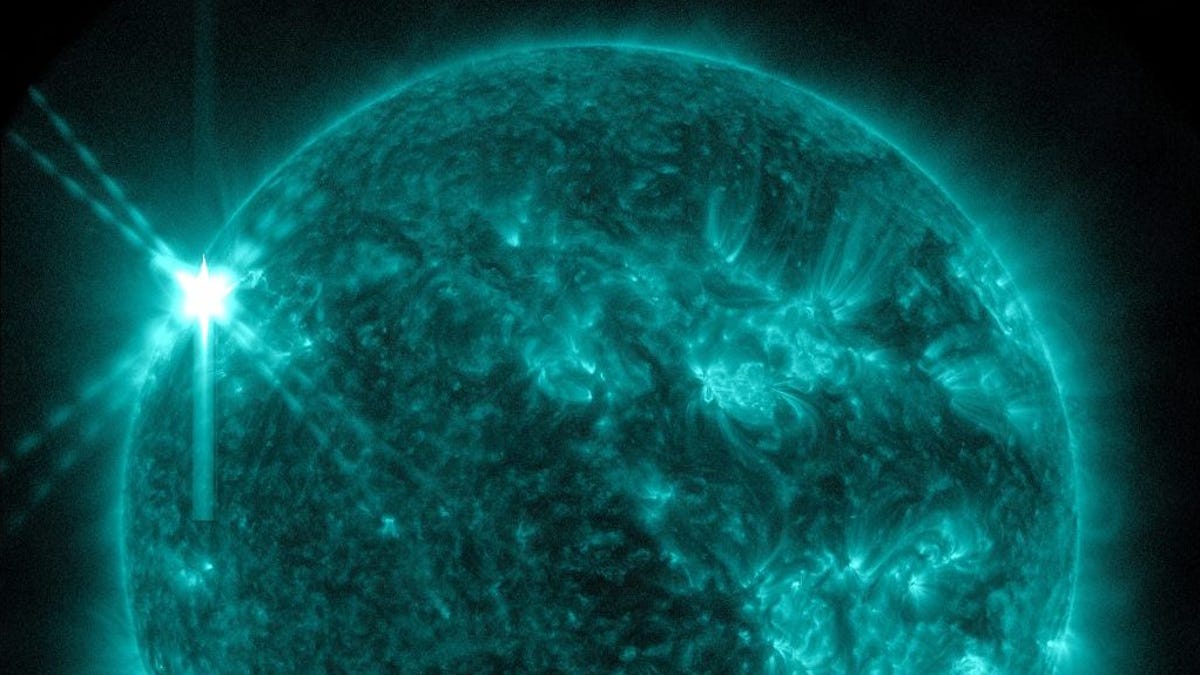NASA Captures the Sun Coughing Out a Thrilling X-Class Solar Flare
X-class flares are the strongest ones the sun delivers.
Our closest star has been restless recently and NASA's Solar Dynamics Observatory is here to document its whims, moods and outbursts. On Friday, SDO captured views of the sun coughing out a strong X2.2 solar flare. X-class flares are the most powerful kind.
On Sunday (appropriately enough), NASA tweeted a time-lapse video of the sun's busy week where it released 36 notable flares and 28 coronal mass ejections (outbursts of plasma). The X2.2 solar flare occurs at 44 seconds into the video.
Happy #SunDay! This week’s space weather report includes 36 notable solar flares, 28 coronal mass ejections, and no geomagnetic storms. This video of the Sun from NASA’s Solar Dynamics Observatory includes an X-class solar flare (the most powerful kind of flare) at 0:44. pic.twitter.com/u7YEyGMhND
— NASA Sun & Space (@NASASun) February 19, 2023
The latest flare eclipses a nifty X1.2 in January. "Solar flares are powerful bursts of energy," NASA said in a statement on Friday. "Flares and solar eruptions can impact radio communications, electric power grids, navigation signals and pose risks to spacecraft and astronauts."
NASA categorizes solar flares into classes. A-class flares are weak, while X-class flares are the strongest. There's a lot of wiggle room within the X-class. Higher numbers are more intense, with scientists having measured a whopper of an X28 in 2003. Compared with that, this month's X2.2 might seem more like a hiccup, but it's still an impressive outburst.
We can expect more fun from the sun. It's in an active stretch of its solar cycle, so that means flares, CMEs and scenic auroras on Earth. Whatever it gets up to, SDO will be there to document the journey.


